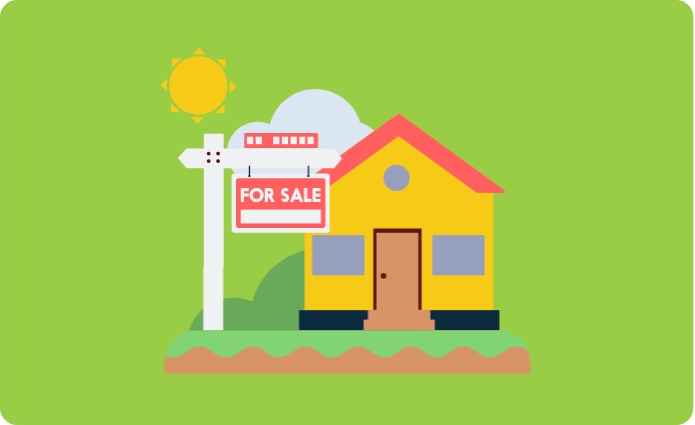
Navigating Land and Property Income on Your Self-Assessment Tax Return
Navigating Land and Property Income on Your Self-Assessment Tax Return
Filing your Self-Assessment Tax Return can be complex, especially when it comes to reporting land and property income. Whether you’re renting out residential or commercial properties, or have other land and property interests, it’s essential to understand how to report this income and claim relevant expenses. This blog will walk you through the key aspects of completing the “Land and Property” page on your tax return.
1. Rental Income
The first step in reporting land and property income is to declare all rental income you receive. This includes:
- Residential Rental Income: Earnings from renting out residential properties.
- Commercial Rental Income: Earnings from renting out commercial properties.
- Other Rental Income: Income from holiday lets or other types of property rentals.
2. Expenses
To reduce your taxable profit, you can deduct certain allowable expenses from your rental income. These include:
- Mortgage Interest or Loan Interest: Interest paid on loans used to purchase the property.
- Repairs and Maintenance Costs: Expenses incurred for property upkeep and repairs.
- Property Management Fees: Fees paid to letting agents or property managers.
- Insurance: Costs for insuring the rental property.
- Utility Bills: If you, as the landlord, are responsible for paying these.
- Advertising Costs: Expenses for finding tenants.
- Legal and Professional Fees: Fees for lease renewals and other professional services.
3. Other Income and Gains
In addition to rental income, you must declare other types of income related to your property:
- Premiums for the Grant of a Lease: Any premiums received for granting a lease.
- Income from Easements or Wayleaves: Payments for granting rights over your land.
4. Tax Reliefs and Allowances
Several reliefs and allowances can help reduce your tax liability:
- Rent-a-Room Relief: Available if you let out furnished accommodation in your home, allowing you to earn up to a certain amount tax-free.
- Furnished Holiday Lettings: Special rules and reliefs apply if your property qualifies as a furnished holiday let.
5. Losses
If your allowable expenses exceed your rental income, resulting in a loss, you can carry this loss forward to offset against future rental profits.
6. Jointly Owned Property
For properties owned jointly, you must declare your share of the income and expenses. Ensure that the return reflects the correct proportion of ownership.
7. Capital Gains
If you sell a rental property or any other land or property, you need to declare any capital gains from the sale. While this might be reported on the Capital Gains Tax pages, it is still related to property ownership.
Why It’s Important
Accurately completing the “Land and Property” page ensures that you report all income and claim all allowable expenses, significantly affecting your overall tax liability. Keeping detailed records and receipts is essential to support your figures in case HMRC reviews your return.
Example Situations
- A Landlord Renting Out Residential Property: Report the total rent received, deduct allowable expenses, and calculate the net profit or loss.
- A Property Investor Selling a Buy-to-Let: Report rental income for the period you owned the property and any capital gains from the sale.
- A Homeowner with a Lodger: If you qualify for rent-a-room relief, you might not need to declare rental income up to a certain threshold.
Understanding and accurately completing the “Land and Property” page of your Self-Assessment Tax Return is crucial for compliance and optimizing your tax situation. For personalized advice and assistance, remember that Helpbox is here to help with all your property-related tax queries.